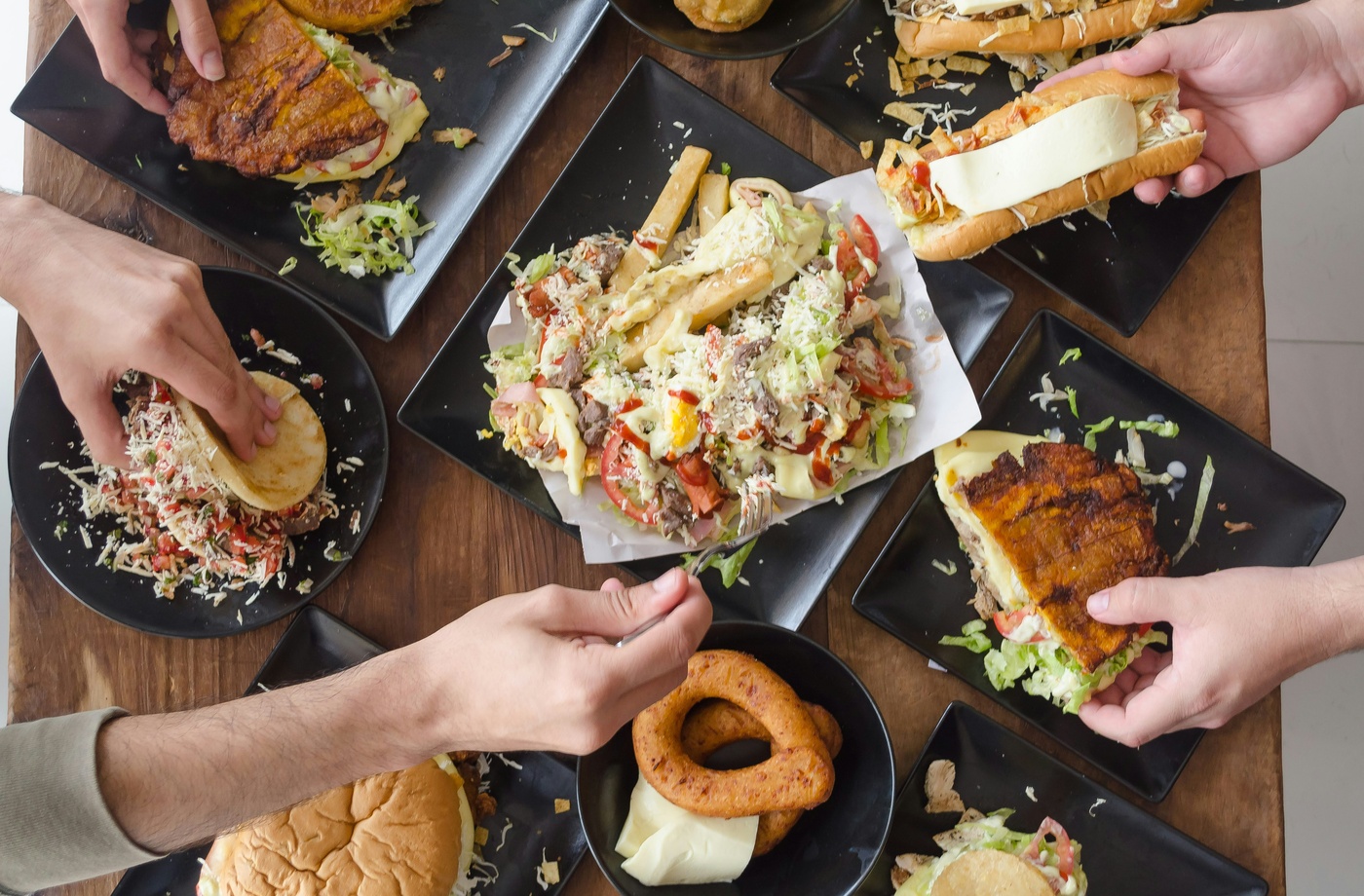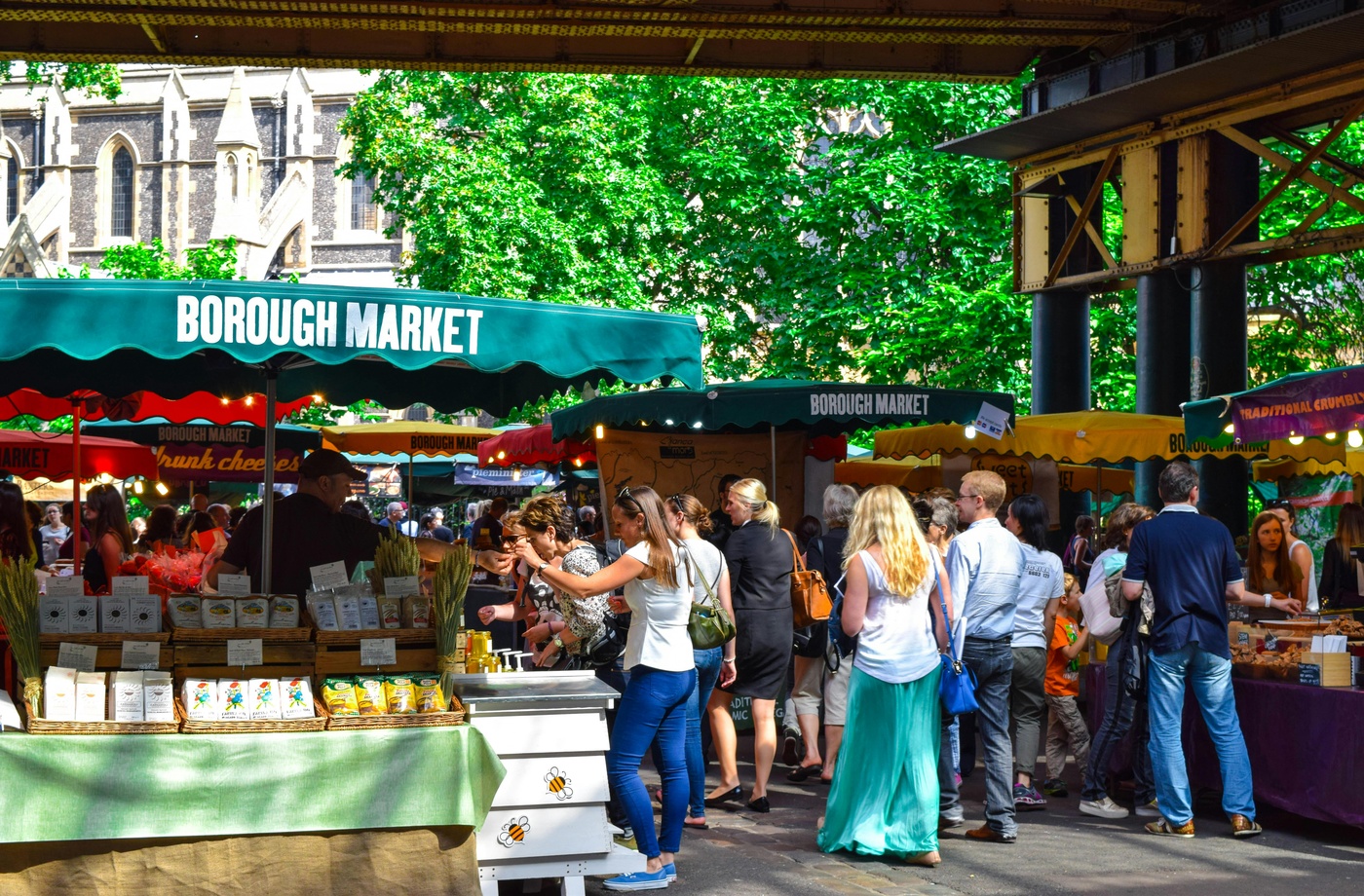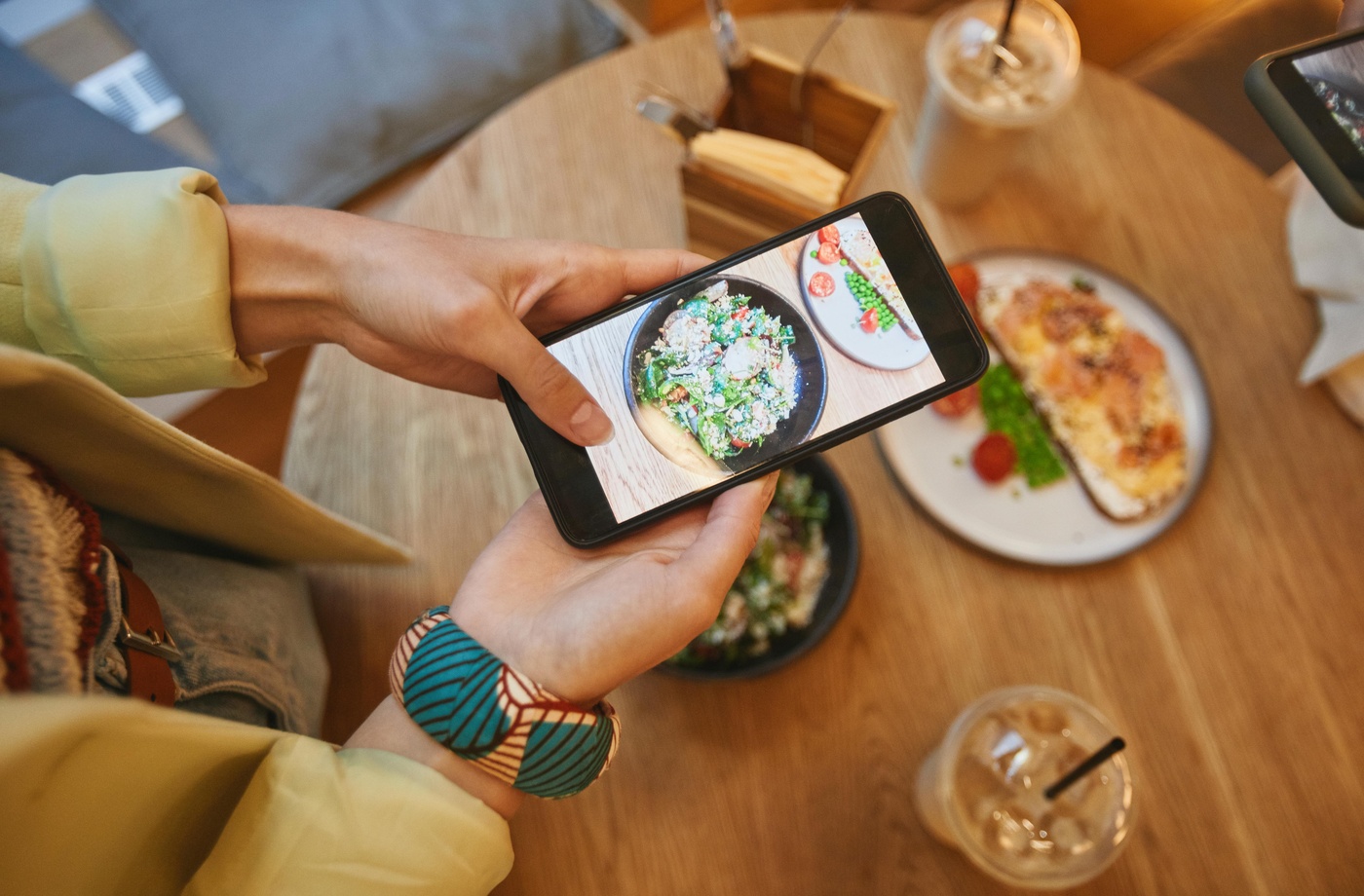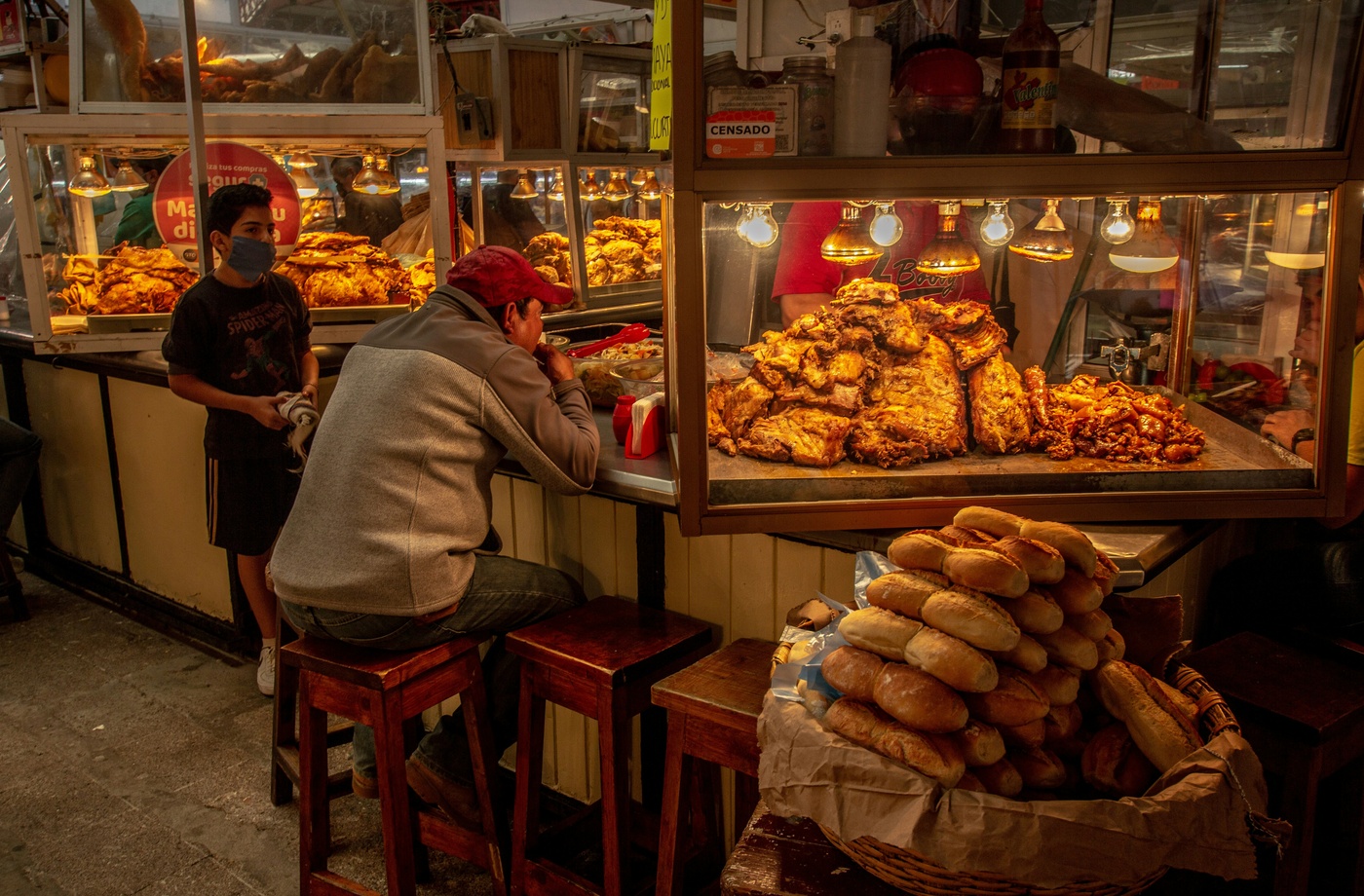Europe is a dream destination for food lovers—crispy croissants in Paris, wood-fired pizza in Naples, and street-side bratwurst in Berlin. But as delicious as each bite is, travel costs can sneak up quickly. Over the course of a two-week trip, I used a combination of cashback apps and hyper-local dining tactics to stretch my food budget while still savoring every region’s best bites. Here’s how I did it—and how you can too.
- Booked Essentials with Cashback in Mind
Before the trip began, I pre-purchased several gift cards through Fluz to cover essentials like rideshare and quick meals. For instance, I used Uber gift cards for airport transfers and local trips, and Starbucks credit for early-morning train station coffees. Each purchase gave me instant cashback, which I later used to offset food costs.
I also stacked rewards by using Rakuten when booking hostels and train tickets through sites like Booking.com and Rail Europe. Apps like Ibotta helped me claim rewards on snacks and bottled water from European grocery chains.
- Ate Where Locals Actually Eat
Tourist-heavy areas tend to mark up prices, so I made a habit of venturing a few blocks away from main attractions. In Rome, I skipped the eateries near the Colosseum in favor of a back-alley trattoria where locals lined up at lunch. In Lisbon, a mercado (market hall) offered cheap, fresh seafood grilled on the spot for half the price of riverside restaurants.
Tip: Ask locals where they buy lunch—market stalls, bakeries, and train stations are often surprisingly delicious and budget-friendly.
- Used Food Apps Strategically
In major cities like Paris and Madrid, food delivery apps offered cashback through Fluz and others. I’d use Deliveroo or Uber Eats for late-night cravings, buying gift cards through cashback platforms before checking out. These came in handy after long travel days when dining out wasn’t appealing but I still wanted something authentic. - Packed Snacks and Refillable Gear
Carrying a refillable water bottle and reusable utensils cut down on repeat purchases. I’d stock up on fresh fruit, pastries, or packaged sandwiches from local grocery stores or farmers’ markets. European stores often have great prepared food sections—especially in countries like Spain and the Netherlands. - Tracked Spending to Maximize Leftover Rewards
At the end of the trip, I had racked up enough cashback from Fluz and Rakuten to partially fund my final meal in Prague—a hearty goulash and dumplings dish that made a perfect sendoff.
Takeaway for Street Food Travelers
If you’re traveling through Europe (or anywhere, really), pairing rewards apps with smart food choices can unlock serious savings. Use Fluz for real-time cashback on food, transportation, and delivery services. Combine that with local intel and grocery stops, and you’ll eat well on any budget—without skipping dessert.



